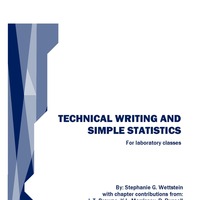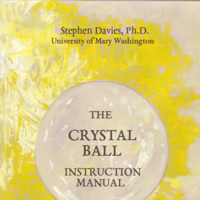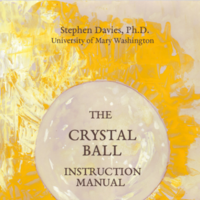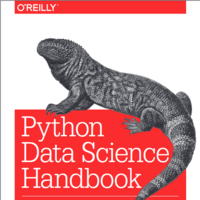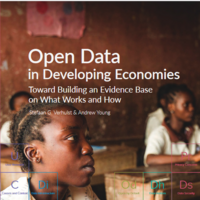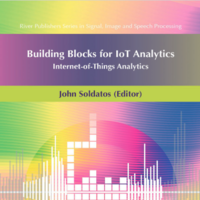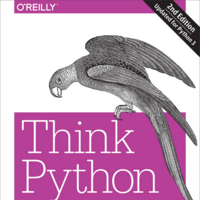Search
Books+
Searching 1,730 books
Search related to the career Statistician
How to Analyze Data as a Statistician
1. Define the Research Question: Clearly state the objective of your analysis and identify the specific research question you want to answer.
2. Collect the Data: Gather relevant data from reliable sources. Ensure the data is representative, accurate, and sufficient for your analysis.
3. Clean and Prepare the Data: Cleanse the data by removing any errors, outliers, or missing values. Transform and reformat the data as needed. Create a well-organized dataset for analysis.
4. Explore the Data: Perform exploratory data analysis (EDA) to understand the characteristics of the dataset. Use descriptive statistics, visualizations, and summary measures to identify patterns, trends, and relationships within the data.
5. Formulate Hypotheses: Based on your research question and initial data exploration, develop clear and testable hypotheses. These hypotheses will guide your statistical analysis.
6. Select Appropriate Statistical Methods: Choose the appropriate statistical techniques to analyze your data based on the nature of your research question and the type of data you have. Common methods include regression analysis, hypothesis testing, ANOVA, chi-square tests, and more.
7. Apply Statistical Tests: Apply the selected statistical tests to your data. Calculate relevant statistics, such as means, standard deviations, p-values, confidence intervals, or effect sizes, depending on the analysis technique used.
8. Interpret the Results: Analyze the output of your statistical tests and interpret the results in the context of your research question. Assess the statistical significance and practical significance of the findings.
9. Draw Conclusions: Based on the results and interpretation, draw conclusions that answer your research question. Discuss any limitations or assumptions of your analysis.
10. Communicate Findings: Present your findings in a clear and concise manner, using appropriate visualizations, tables, and narrative explanations. Provide context, implications, and recommendations based on your analysis.
11. Validate and Replicate: Ensure the validity and reliability of your analysis by validating your findings through replication or cross-validation. Assess the robustness of your results by applying alternative statistical methods or datasets.
12. Continuous Learning: Stay updated with the latest statistical techniques, methodologies, and tools. Continuously improve your statistical skills and knowledge to enhance the quality of your data analysis.
Remember, this is a general framework for data analysis as a statistician. The specific steps and techniques may vary depending on the nature of the data, research question, and domain of study.
Source: Various AI tools
